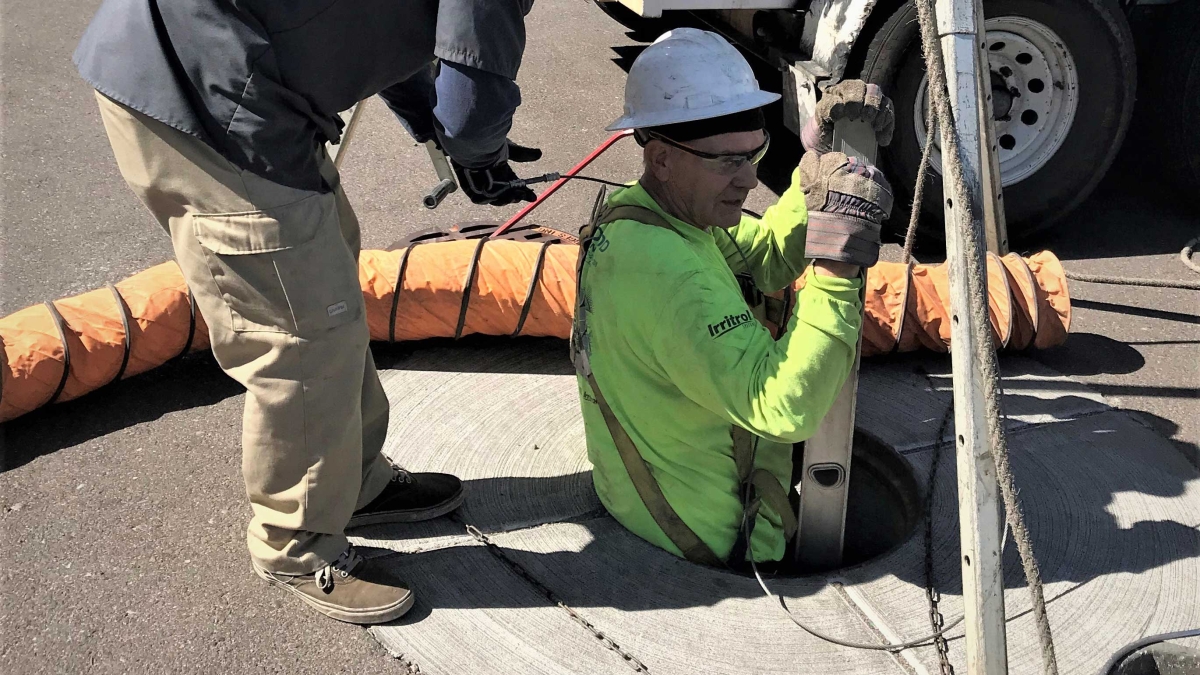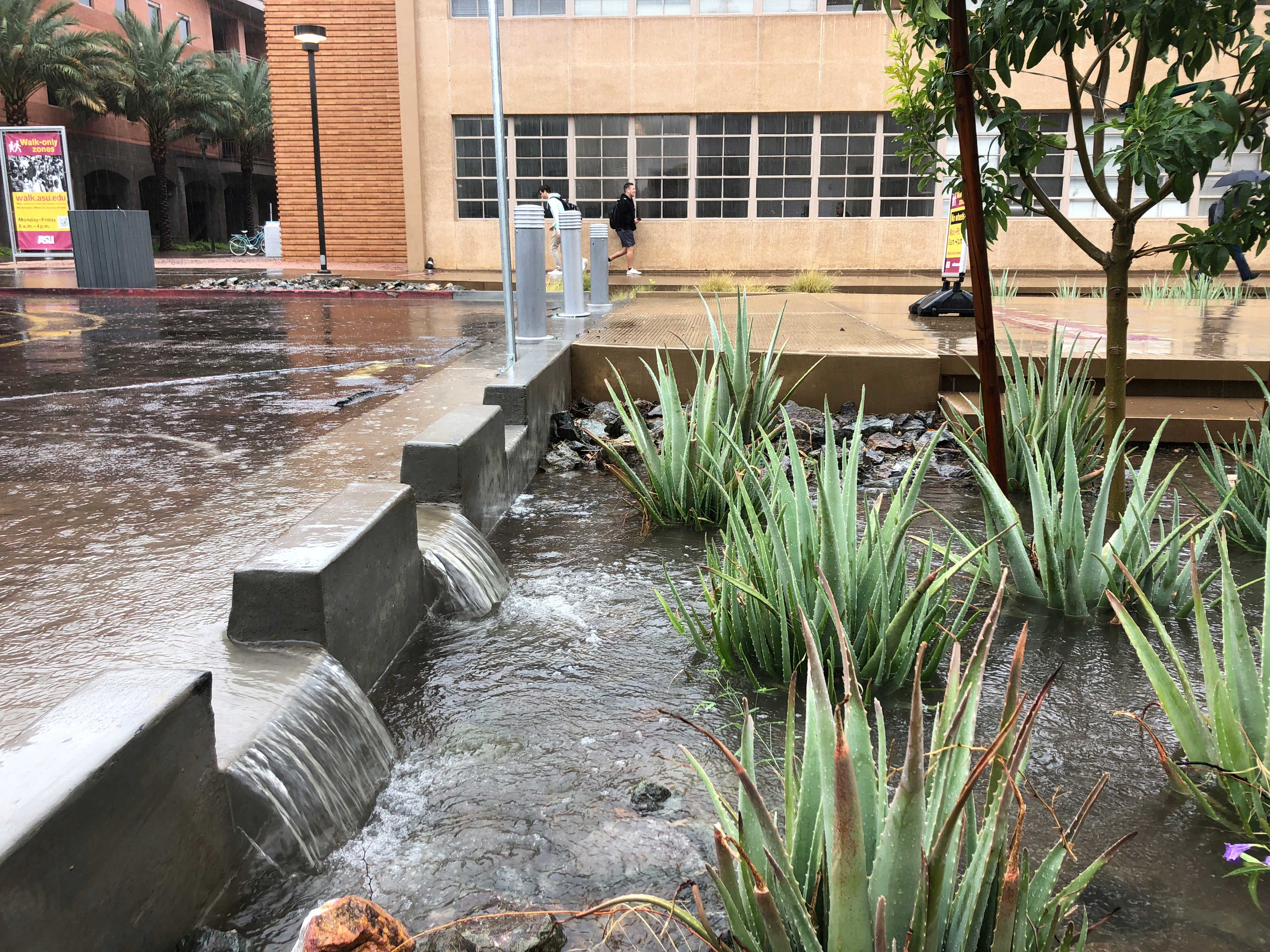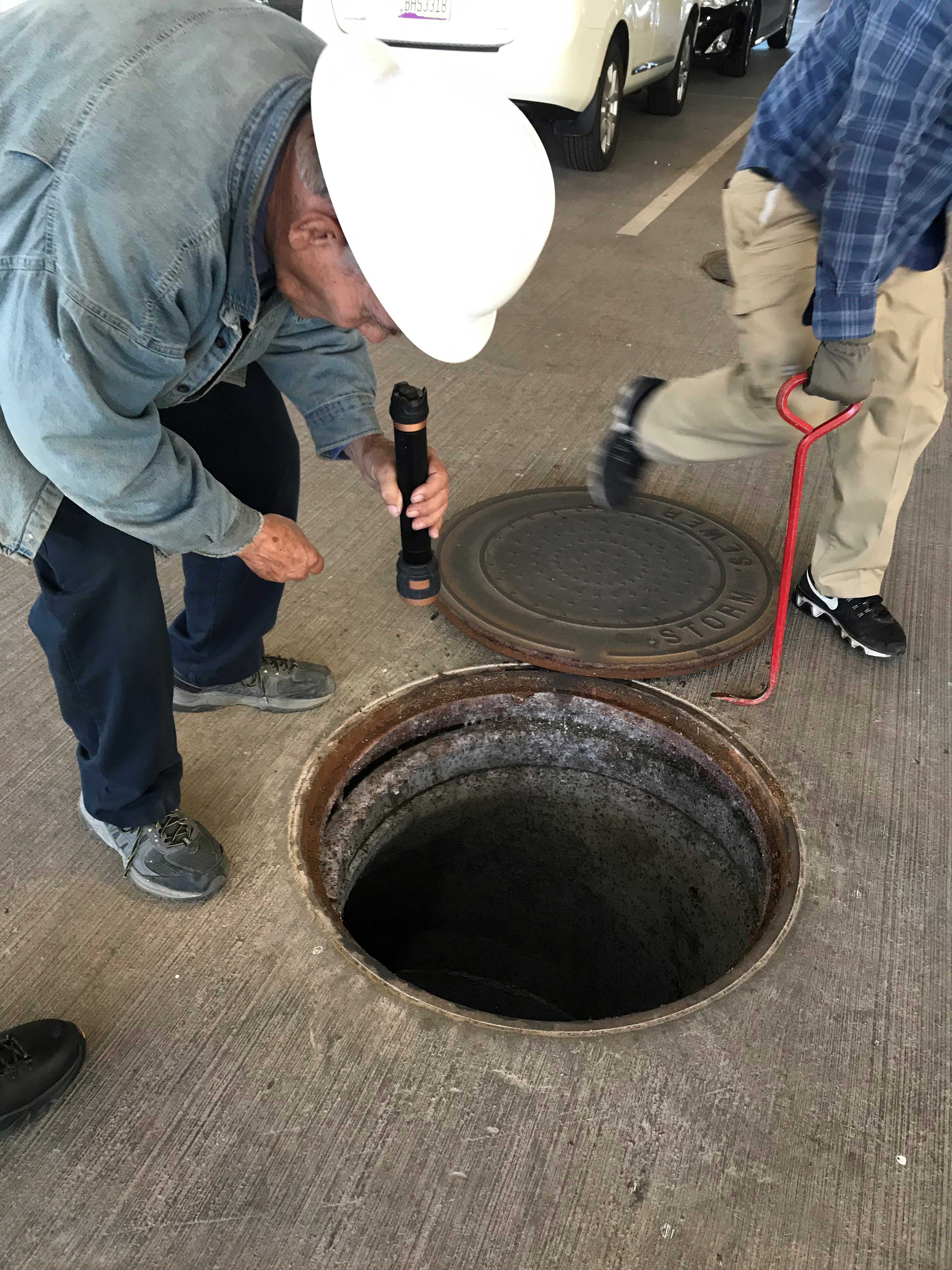Bill Wood grew up at Arizona State University.
Not in the sense that he matured during his time as a student. No, he actually grew up on campus.
His grandmother, Ruby Haigler, graduated from Tempe Normal School in 1914 and owned a home at the corner of McAllister and Lemon (near where Armstrong Hall currently sits). On fall Saturday nights, while his parents went to ASU football games, Wood sat in the front yard of his grandmother’s home and watched the fireworks explode above the former Goodwin Stadium every time the Sun Devils scored.
“That was my introduction to ASU football,” Wood said.
Wood’s aunt owned a home at the intersection of Rural and University, and Wood often walked into the canal to catch crawdads.
These days, Wood looks around ASU’s campus and imagines what Ruby would think.
“I tell you, if my grandma drove down University (Drive) right now, her mouth would fly open,” Wood said. “She couldn’t believe all the high rises.”
Wood, 74, is still digging around water at ASU. Only now, he’s dropping down at least 10 feet in dry wells across ASU’s three campuses to make sure pollutants don’t reach nearby water supplies.
Call it a dirty labor of love.
“I’m doing something that is going to help the Earth,” Wood said.
Grandma would be proud.
Shovels and buckets
ASU’s Stormwater Program, headed by Program Manager Lynn Favour, is part beauty and part buckets.
The program is designed to provide protection from storm-related flooding on three of ASU’s campuses (Tempe, West and Polytechnic), filter out pollutants and ensure that whatever runoff flows into city water is as clean as possible.
“Every facet of pollution prevention plays into this program,” Favour said.
The beauty can be found in the bioswales on the three campuses. The bioswales — landscaped areas with rocks and desert plants and dips built into the grade — act as a natural run-off. Rainwater is filtered through the plants and infiltrates into the ground or can be conveyed into an underground retention system where it settles into the soil over time.
The bioswales are strategically placed in locations where stormwater drainage issues can arise. As an example, the bioswale near the Memorial Union on the Tempe campus feeds into the underground retention system underneath the Sun Devil Fitness intramural fields.
Bioswales slow down the movement of stormwater on impervious surfaces and promote water percolation into the ground while filtering out pollutants, as exemplified along Orange Mall near the Student Pavilion on ASU’s Tempe campus. Photo by Norman Yatabe/ASU Facilities Development and Management
ASU also designs its buildings with pollution prevention in mind. At the Rob and Melani Walton Center for Planetary Health, a structured bioswale in the courtyard, or E-lab, collects rainwater from the roof and surrounding area and releases the filtered stormwater into retention basins at the perimeter of the building. Dry wells located at the bottom of the retention basins allow the filtered water to percolate back into the groundwater table.
There are times, however, when shovels and buckets are needed. That’s where Wood comes in.
For the last several months, Wood and his team from Wood Environmental have inspected and, if necessary, removed pollutants from more than 300 dry wells on the Tempe, West and Polytechnic campuses.
“Bill Wood, God bless him,” Favour said. “We have an obligation to maintain the dry wells every year, and he inspects them all and then does whatever mitigation is needed.”
Bill Wood of Wood Environmental inspects an underground stormwater storage tank at the Novus Place parking structure on ASU’s Tempe campus.
The first thing Wood does when he pops the lid off a dry well and descends into it is check the depth compared to the previous year. If there’s a pileup of new dirt, out come the shovels and buckets.
“It’s not high-tech,” Wood said with a laugh.
Wood, who graduated from ASU in 1971, also looks for things that shouldn’t be in the dry wells. One year, his team discovered the rear end of a three-quarter ton truck.
“Somebody took off the lid and dropped it down there,” Wood said.
Wood said people have used the dry wells as depositories for drywall mud, tile grout, cement and more. A dry well near Apache Boulevard had a yard of concrete dumped into it.
“We had to go down there with a (rotary hammer),” Wood said.
Whatever the impediment, Wood removes it. His company has contracted with ASU since 2007, or more than 50 years since he sat in his grandmother’s front yard, waiting for fireworks to light up the sky.
Now that’s a lifelong Sun Devil.
Top photo: Bill Wood of Wood Environmental enters a newly constructed dry well to remove construction debris and prepare it for active stormwater service at the ASU Alameda warehouse in Tempe.
More Environment and sustainability

Rethinking Water West conference explores sustainable solutions
How do you secure a future with clean, affordable water for fast-growing populations in places that are contending with unending drought, rising heat and a lot of outdated water supply infrastructure…
Meet the young students who designed an ocean-cleaning robot
A classroom in the middle of the Sonoran Desert might be the last place you’d expect to find ocean research — but that’s exactly what’s happening at Harvest Preparatory Academy in Yuma, Arizona.…

From ASU to the Amazon: Student bridges communities with solar canoe project
While Elizabeth Swanson Andi’s peers were lining up to collect their diplomas at the fall 2018 graduation ceremony at Arizona State University, she was on a plane headed to the Amazon rainforest in…




